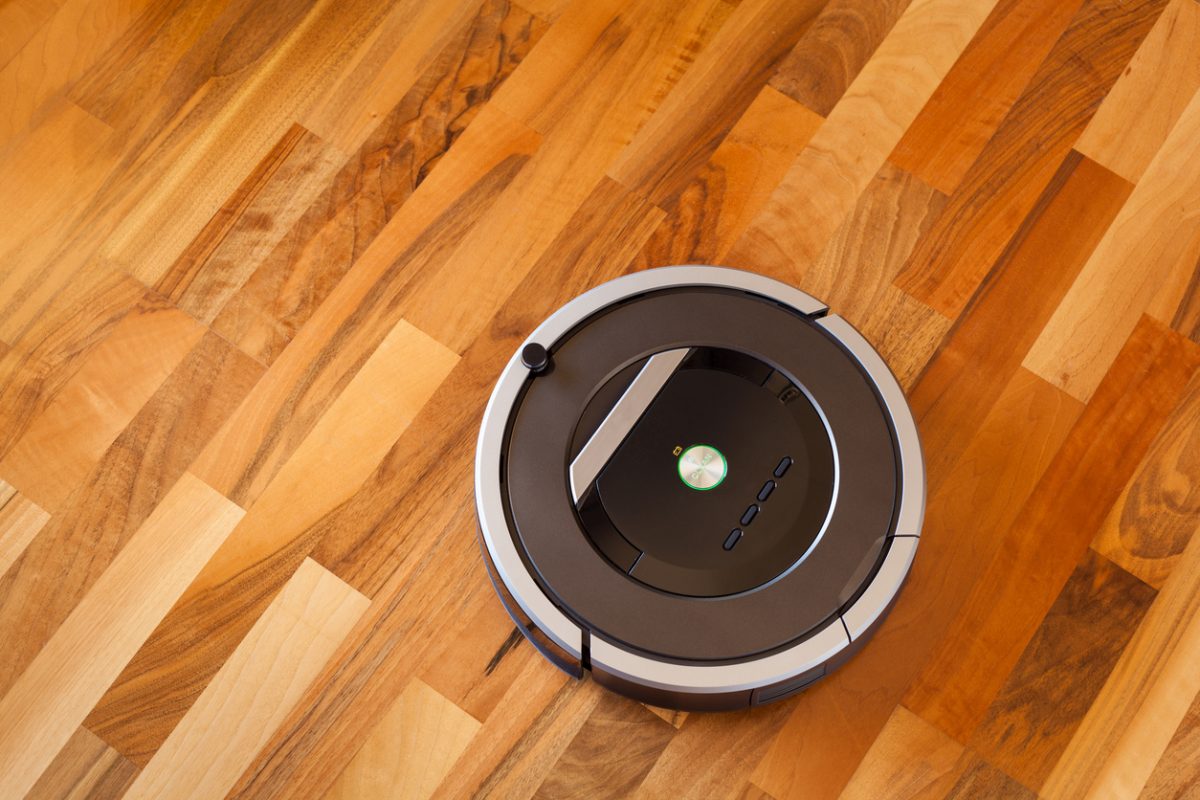
When asked how cooking impacts the air in your home, your first thought might be smells like freshly baked cookies, or perhaps a burning pizza. Scents are an often great part of cooking, but the impact of cooking on your indoor air quality is more complex than that. All cooking, whether done with gas, electric, or induction, produces pollutants. It may also produce grease, which can build on kitchen surfaces over time if not cleaned properly. Cooking-related pollutants like airborne grease and other aerosolized cooking oils are measured using the term PM 2.5. The levels of pollutants vary widely based on everything from the type of food being cooked to the location of the burner used. Fortunately, cooking-related pollutants can be effectively addressed with proper ventilation.
Range hoods, also known as ventilation hoods, provide two major upgrades to your kitchen. In addition to often serving as an attractive visual highlight, they also improve something that you can’t see, but will likely notice – your indoor air quality. Air quality has been in the spotlight over the past few years, with COVID-19, widespread wildfires and now concerns about pollutants from cooking. While air cleaners are increasingly common in homes, range hoods are another key player for improving indoor air quality. However, despite these benefits, many people may not be taking full advantage of their range hoods, either because of the sound the fan makes or because they don’t fully understand the benefits.
As with air cleaners, the AHAM Verifide® program certifies range hoods based on their ability to keep contaminants out of the air. This program certifies the performance of range hoods for air flow and sound value. AHAM Verifide® certification provides assurance that the range hood has been tested and certified to meet specific industry standards, it will meet the manufacturers’ performance claims and when installed correctly, you will enjoy proper ventilation that will improve your indoor air quality. You can view the AHAM Verifide® range hood directory here to see if your model is certified. If you’re buying a new range hood, look for our seal on the packaging.

While range hoods all work in much the same way, they can be mounted in different areas of the kitchen, including:
- Under cabinet
- Wall mount
- Island hood
- Downdraft
- Ceiling mount
- Under-microwave
So how exactly does your range hood work? A fan pulls the air up into the range hood’s filter, which traps the smoke, grease, fumes and other particles. Some range hoods are ductless, meaning they clean the air in your kitchen via fans and filters without venting outdoors. Most, however, use ductwork to transfer this air outside your home. New building codes require external venting for any range hood.
With people spending much of their time at home, and possibly cooking more at home, proper kitchen ventilation is even more important. According to the American Time Use Survey, we spent around 62% of our waking time at home in 2021, up from 50% in 2019. A 2020 AHAM survey found that 48% of consumers reported cooking more frequently during the COVID-19 pandemic, and 42% planned to continue to do so. The combination of these upward trends means that without proper ventilation, your exposure to smoke and other harmful air particulates could be increasing. The age of your home could also be a factor – newer homes are being built with increasing energy efficiency that allow less air exchange with outdoor air, effectively trapping air inside when a proper ventilation system is not installed.
Range hoods improve indoor air quality by removing pollutants from the air. They also prevent lingering odors from cooking and grease build-up around your kitchen. Now that you have a better understanding of your range hood, we encourage you to make an effort to use this important appliance more frequently. Whether you’re cooking with gas, electric or induction, your range hood will improve your indoor air quality by removing pollutants released from cooking.






